Archive
Win10 BSOD – DRIVER VERIFIER DETECTED VIOLATION
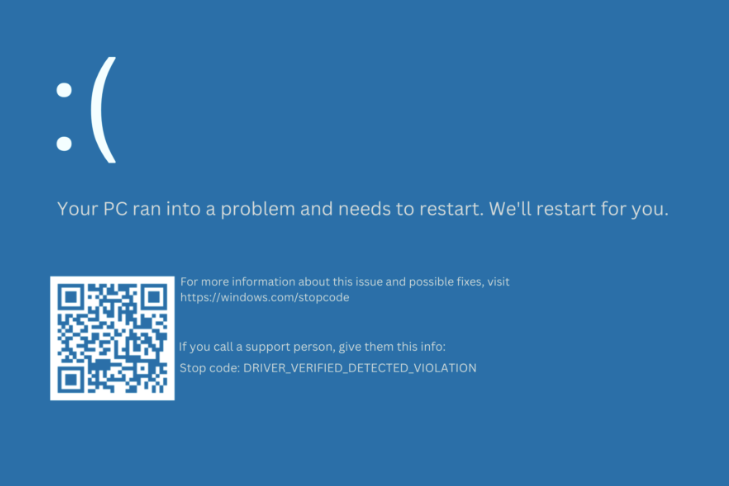
Everyone’s heart stops when this happens… Blue Screen of Death errors have stuck with us. Often they are caused by a driver failure or hardware faults.
Driver Verified Detection Violoation is brought on by a defective or outdated driver, an error in RAM and third by Driver Verifier running for no reason which causes “misfitted detections of drivers” causing the BSOD.
Recently I received this very same BSOD and immediately looked up ways to repair instead of rebuilding the OS again :(.
Search Results suggested to fix by checking out the RAM – doing a memory test (often found from OEM BIOS tools). Second is to run a virus scan – however if the OS doesn’t stay running between BSODs this won’t be an option.
Best option is to Get the Operating back to normal and stable! To do this you’ll need to boot int Safe Mode ( or Safe Mode with Networking) – Way to get there is to get into recovery boot and choose Troubleshoot:
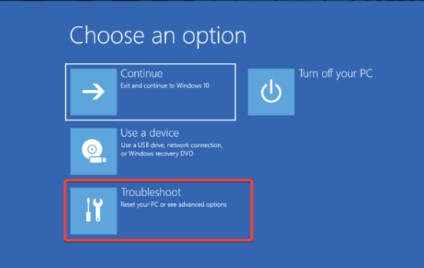
Next – Advanced Options:

Next – Startup Settings
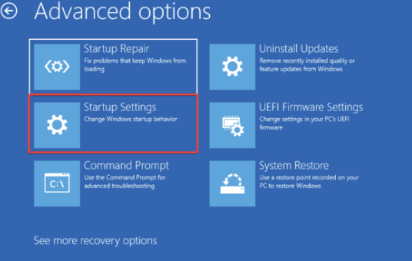
Next click Restart:
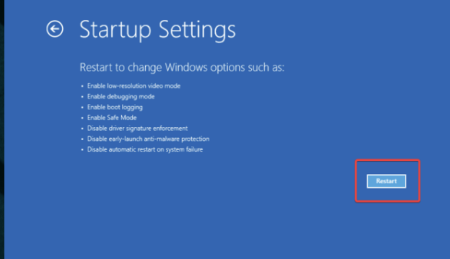
Next Screen will give you many options to boot pick either of the Safe Mode options and system will then reboot into Safe Mode or SM with networking – latter may give you options to run sfc /scannow and the DISM online mode health checks.
Once logged back into PC in Safe Mode.
Open Administrative Command prompt or Powershell
Type this to stop Verifier from running: C:\>Verifier /reset [OR: Verifier /bootmode resetonbootfailure]
It will prompt you to reboot and doing so will result in system booting properly back into Windows Operating System without further BSODs.
Now you can run Windows Updates and driver updates.
Also, recommend running from administrative cmd or psh prompt:
SFC /scannow;
DISM /Online /Cleanup-Image /CheckHealth
DISM /Online /Cleanup-Image /ScanHealth
DISM /Online /Cleanup-Image /RestoreHealth
Next is to run Verifier and check all existing drivers for any issues. Click “Windows” Key + ‘R’. In Open line type Verifier.
Click on first option to Create Standard Settings:
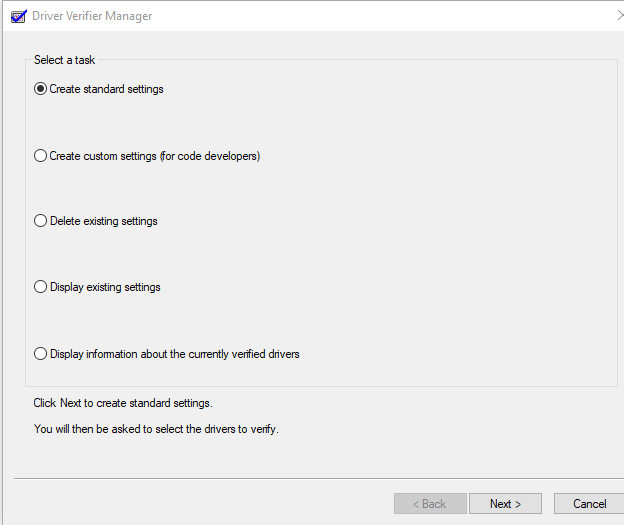
Click Next and choose first option: Automatically select unsigned Drivers”. Click, Next (it’ll show screen of any unsigned drivers.. Click Finish and it’ll prompt to reboot computer.

That should be it and your system should be fine moving forward.
Link in Outlook email failed to open
Any link clicked on from within Outlook email app would fail with following errors

Somehow the file associations with any browser are now broken.
Figured this might be something to do with Outlook’s Advanced setting that sets as shown below
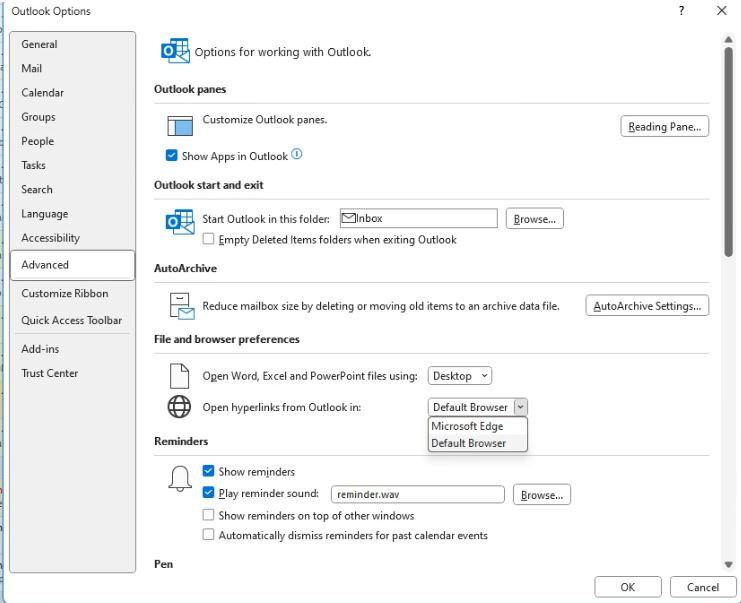
If you use Chrome or Firefox as your default browser, be sure to change above setting to Default Browser vs Microsoft Edge.
In the case of above errors, though the user had Edge as default browser so that wasn’t the problem.
Next looked at all the default app associations, File type associations, Protocol and finally by application and made sure everything was set to MSEDGE. Still received the errors.
Searched all over the web for a possible solution and while there were many suggesting the repair windows commands: sfc /scannow and the DISM /Online /Cleanup-Image /RestoreHealth but these didn’t resolve it either.
Checked registry locations under HKCR\ – checked many file extensions and matched to another working system and all checked out.
Finally found this link to a potential resolution that resolved the issue!
Copied the registry file and imported onto broken computer. Without a restart was able to resolve the problem- Yah!
Below is dump of the registry file you can download from the site above.
Windows Registry Editor Version 5.00
[-HKEY_CLASSES_ROOT\MSEdgeHTM]
[-HKEY_CURRENT_USER\Software\Classes\MSEdgeHTM]
[HKEY_CLASSES_ROOT\MSEdgeHTM]
@="Microsoft Edge HTML Document"
"AppUserModelId"="MSEdge"
[HKEY_CLASSES_ROOT\MSEdgeHTM\Application]
"AppUserModelId"="MSEdge"
"ApplicationIcon"="C:\\Program Files (x86)\\Microsoft\\Edge\\Application\\msedge.exe,0"
"ApplicationName"="Microsoft Edge"
"ApplicationDescription"="Browse the web"
"ApplicationCompany"="Microsoft Corporation"
[HKEY_CLASSES_ROOT\MSEdgeHTM\DefaultIcon]
@="C:\\Program Files (x86)\\Microsoft\\Edge\\Application\\msedge.exe,0"
[HKEY_CLASSES_ROOT\MSEdgeHTM\shell\open\command]
@="\"C:\\Program Files (x86)\\Microsoft\\Edge\\Application\\msedge.exe\" --single-argument %1"
[HKEY_CLASSES_ROOT\MSEdgeHTM\shell\runas]
"ProgrammaticAccessOnly"=""
[HKEY_CLASSES_ROOT\MSEdgeHTM\shell\runas\command]
@="\"C:\\Program Files (x86)\\Microsoft\\Edge\\Application\\msedge.exe\" --do-not-de-elevate --single-argument %1"
[-HKEY_CURRENT_USER\Software\Microsoft\Windows\CurrentVersion\Explorer\FileExts\.htm\UserChoice]
[-HKEY_CURRENT_USER\Software\Microsoft\Windows\CurrentVersion\Explorer\FileExts\.html\UserChoice]
Running above completely resolve the issue of clicking any links within email and have it open browser to the link.
Hope this helps! Till next time.
Adobe (Pro) Fill&Sign Fails with Unknown Error
Issue is Adobe Acrobat Pro – opening a PDF file – User could fill out but other people could not sign the document (PDF) within Adobe.
Error message when trying to sign the document after filling out the form: Fill & Sign – ‘The operation failed because Adobe Acrobat encountered an unknown error.’ – Yep that’s helpful – NOT!
Found link to help resolve this problem – not easily found however:
Followed steps below to resolve:
- Click on the “Protect” tool in Adobe Acrobat Pro DC.
- Then at top of the application, click: “Remove Hidden Information”.
- Click on the “Remove” button that shows up on the left side of the screen and you can watch as it removes “Metadata, Bookmarks, Comments and markups and Overlapping objects”.
- Once this hidden info is removed click on “Close”.
Afterwards user is able to click on the “Fill & Sign” button and add signature.
Windows 11 Tricks
Below are some tricks I’ve run across to help Tweak Windows 11 to work the way you want it to (Like Win10 that is :)).
- Inital Setup of Windows 11 – the OOBE – (out of box experience) doesn’t provide you an option to setup the machine using local account & password. MS is forcing only to login with a Hotmail, outlook or msn account – this not ideal especially if you need to join your computer to a domain first. But there is an alternative to doing this:
- Turn on pc and wait for Windows 11 to show the OOBE – out of box experience – At any time DO NOT connect to your wireless first.
- If you do connect to internet, then best to do the following to disable the wi-fi adapter before continuing:
- Click SHIFT + F10 key
- at command prompt type: netsh int show int – will bring up list of network adapters. If connected is set by “Wi-Fi” or Ethernet, then use next command to disable it temporarily: Netsh int set int “Wi-Fi” disable (or “Ethernet” disable)
- Follow next step to get the option to setup a local account.
- Once at OOBE setup screen Do NOT click next; instead, hit the “Shift + F10 Key”.. this will open a command prompt window – black window.
- At the prompt type: OOBE\BYPASSNRO – then hit enter. The computer will reboot automatically.
- After reboot, you can follow prompts along until you get to the “connect to wireless” page – Again Do not connect to any wifi at home/office. Instead click on: “I don’t have Internet” link at the bottom left of screen. Click NEXT.
- On Next Screen, Click on the “Limited Setup or Continue with Limited Setup”.
- From there it’ll ask you who is using the computer – just type: admin then set password
- From there it’ll go through the paces to get you to a desktop where you can then connect to the internet and download the syncro tool so I can connect further.
- Note if you disable either wi-fi or ethernet adapter from netsh command above, then open administrator command prompt and type: netsh int set int “Wi-Fi” enabled
- Turn on pc and wait for Windows 11 to show the OOBE – out of box experience – At any time DO NOT connect to your wireless first.
- Right-Click Menu Shortened list of options – Microsoft probably thought this was a good idea but in reality it’s more of a pain because the pictures are hard to remember what is what and you almost always need to click on the option to see more options :(.
- Found after installing 7zip application that the right-click menu would hang every time you tried to use it. Reason is because 7zip adds to the menu and as a result Windows 11 Explorer hangs (one of the many reasons it hangs). The only way to fix the hang is remove 7zip and then perform the following command in Admin cmd prompt (or W11 Terminal).
- Type/paste this in the command prompt:
- reg.exe add “HKCU\Software\Classes\CLSID\{86ca1aa0-34aa-4e8b-a509-50c905bae2a2}\InprocServer32” /f /ve
- Afterwards the right-click menu looks like windows 10 again.
- Can now re-install 7zip application and it will show the new options in the menu.
- OneDrive (either version hangs) – This hang contributes to the Win11 Explorer shell hanging too – so best way to fix this is to run the onedrive.exe with /reset:
- C:\users\%userprofile%\appdata\local\microsoft\OneDrive\onedrive.exe /reset
- the OneDrive System tray icons will disappear while they reset to default settings. Then you can reopen by searching in Start menu.
- Another option discovered is to go to the Settings/Apps and remove the Windows 11 installed OneDrive version and then re-install the O365 OneDrive software.
- Library System folder has gone missing or been permanently deleted somehow – this could be in 10 or 11 – but recent troubles with OneDrive and OD4B caused Documents folder to disappear and thus had to recreate it. Found commands below to fix this problem – create in batch file:
- @echo off
- taskkill /f /im explorer.exe
- timeout /t 2 /nobreak >nul
- if not exist “%UserProfile%\Documents” mkdir “%UserProfile%\Documents”
- reg add “HKCU\SOFTWARE\Microsoft\Windows\CurrentVersion\Explorer\Shell Folders” /v “Personal” /t REG_SZ /d “C:\Users\%USERNAME%\Documents” /f
- reg add “HKCU\SOFTWARE\Microsoft\Windows\CurrentVersion\Explorer\User Shell Folders” /v “{f42ee2d3-909f-4907-8871-4c22fc0bf756}” /t REG_EXPAND_SZ /d %%USERPROFILE%%”\Documents” /f
- reg add “HKCU\SOFTWARE\Microsoft\Windows\CurrentVersion\Explorer\User Shell Folders” /v “Personal” /t REG_EXPAND_SZ /d %%USERPROFILE%%”\Documents” /f
- attrib +r -s -h “%USERPROFILE%\Documents” /S /D
- timeout /t 1 /nobreak >nul
- start explorer.exe
Thats all for now! Will update as come across more items.